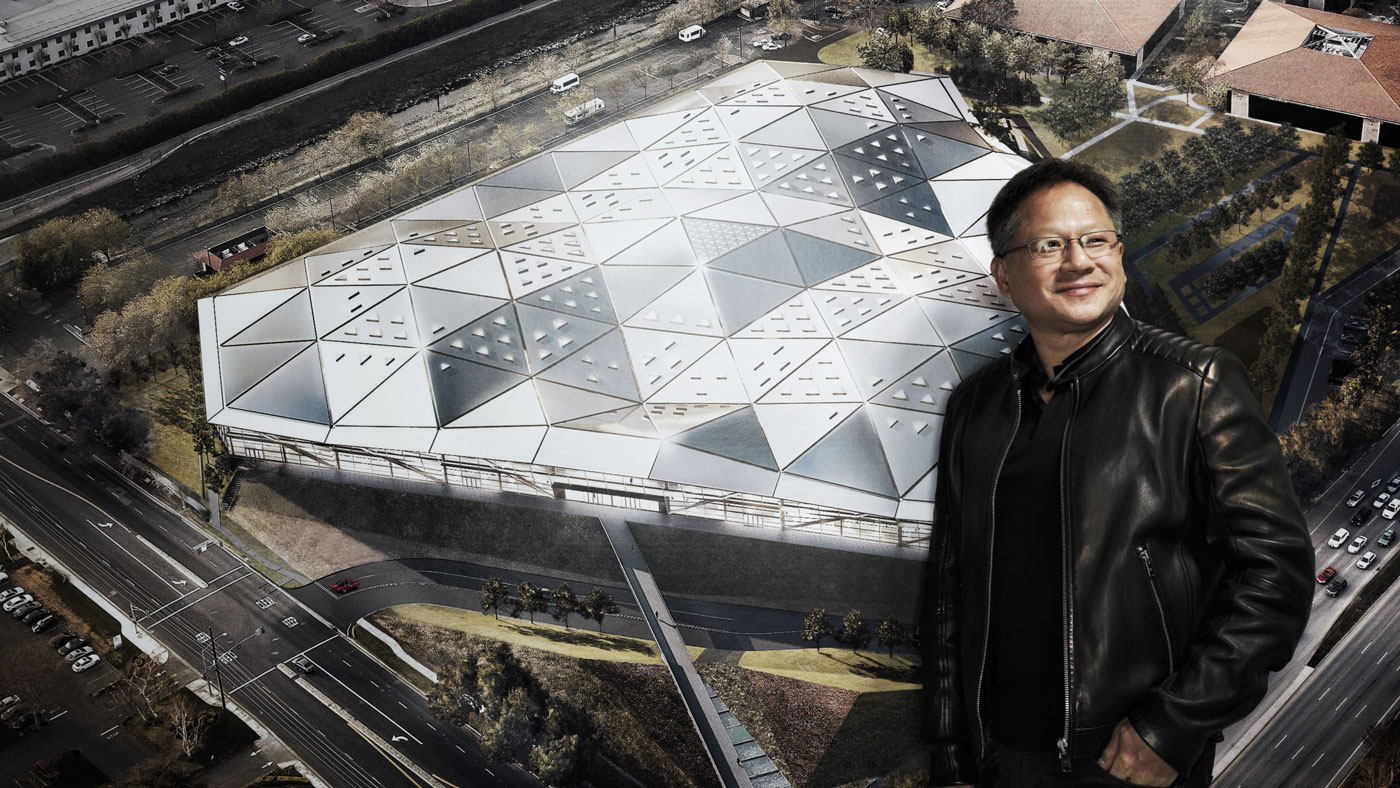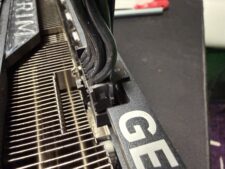Nvidia Makes 1,000% Profit on H100 GPUs: Report

Nvidia is raking in up to 1,000% in profit for each H100 GPU accelerator it sells, according to estimates made in a recent social media post from Barron’s senior writer Tae Kim. In dollar terms, that means that Nvidia’s street-price of around $25,000 to $30,000 for each of these High Performance Computing (HPC) accelerators (for the least-expensive PCIe version) more than covers the estimated $3,320 cost per chip and peripheral (in-board) components. As surfers will tell you, there’s nothing quite like riding a wave with zero other boards on sight.
Kim cites the $3,320 estimated cost for each H100 chip as coming from financial consulting firm Raymond James. It’s unclear how deep that cost analysis goes, however: if it’s a matter of pure manufacturing cost (averaging the price-per-wafer and other components while taking yields into account), then there’s still a significant expense margin for Nvidia to cover with each of its sales.
Product development takes time and resources; and considering the engineers and other participants within the product development lifecycle for a product such as H100, Nvidia’s R&D costs also have to be taken into account before a final, average product development cost can be reached. According to Glassdoor, Nvidia’s average salary for an electronics hardware engineer sits at around $202,000 per year. And that’s for a single engineer – it’s likely development of chips such as the H100 require thousands of hours from a number of specialized workers. All of that too has to be taken into account.
Even so, it can’t be denied that there are advantages at being the poster company for AI acceleration workloads. By all accounts, Nvidia GPUs are flying off the shelves without even getting personal with the racks they’re piled on. This article in particular looks to be the ultimate playground for anyone trying to understand exactly what the logistics behind the AI HPC boom means. What that actually translates to, however, is that it seems that orders for Nvidia’s AI-accelerating products are already sold through until 2024. And with expectations of the AI accelerator market being worth around $150 billion by 2027, there’s seemingly nothing else in the future but green.
And of course, that boom is better for some than others: due to the exploding interest in AI servers compared to more traditional HPC installations, DDR5 manufacturers have had to revise their expectations on how much the new memory products will penetrate the market. It’s now expected that DDR5 adoption will only hit parity with DDR4 by 3Q 2024.
The company is reaping the benefits of having built its infrastructure and product stack on the back of its tooling and bets on AI as the next big thing.
But budgets everywhere tend to have limits, and there’s also the matter of opportunity cost: investing into AI acceleration at its current prices will lock some players’ doors to investments in other spaces, or limit how much risks they can take in pursuing less-safe research and development venues.
When all is said and done, Nvidia’s bottom line as buoyed by its AI chip sales could now cover inane amounts of leather jackets. At least from that perspective, Nvidia CEO Jensen Huang has to be beaming left and right.













